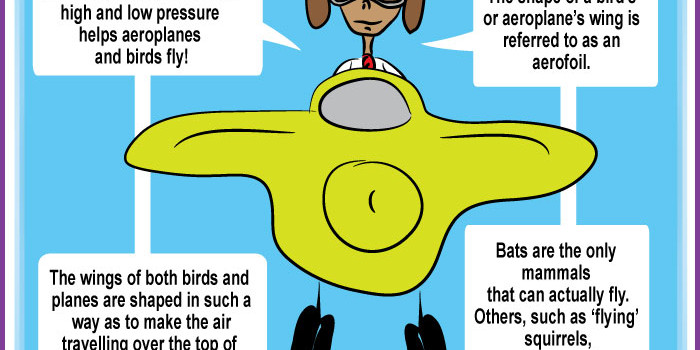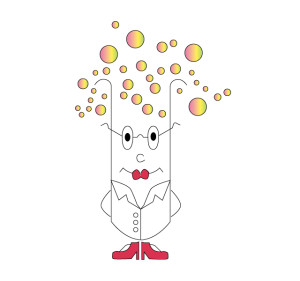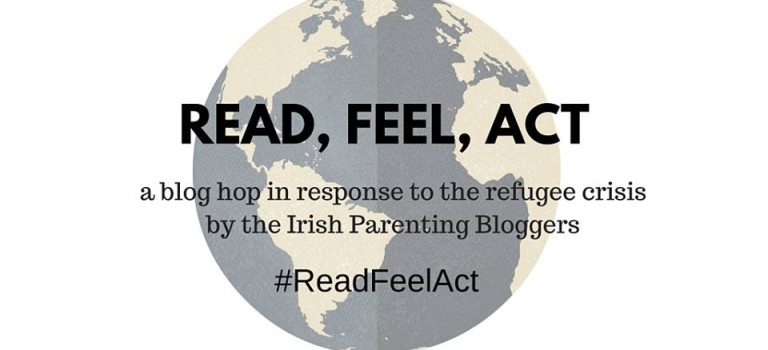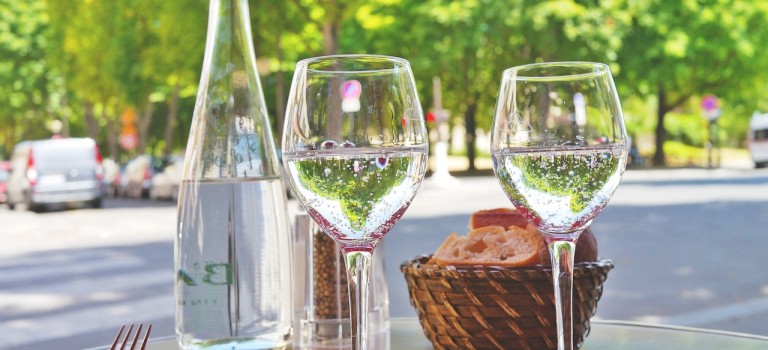It has been a while, but Dr. Simple is back… with some more science in 30 seconds… this time he answers the question…
“How do birds and aeroplanes fly?
Science, Curiosity and Life


This blog has made it to the shortlist in the Blog Awards Ireland… Woohoo! Not so woohoo is that fact that public vote counts for 30% of the marks for this round of judging. I hate asking – but I’m asking… if you like what you see here could you please take a minute to vote. It is very quick, and, thankfully, does not ask for emails or any personal information.
Simply click on this link (or the badge below) which brings you straight through to the Best Education and Science Blog shortlist; Scroll down and choose Dr. How’s Science Wows and then just click DONE.
And that’s it.

A very big thank you from Dr. How for all your support so far.


It certainly was one of those weeks… and I am not referring to the school return, I am referring to THAT picture.
A photo.
A small boy.
At first glance… another family photo on my timeline?
A closer look… a feeling of unease.
Realisation hit and a feeling of disbelief.
How could this happen?
His name was Aylan.
He was three.
I love that age… walking, talking, infuriating, opinionated and a bundle of love and fun. Life is for living when you are three… and I can only imagine that is what Aylan’s parents thought as they put his life, and the lives of his whole family at risk, boarding that boat and grasping the small hope that, at the other end, lay a chance at life – at real living.
As a parent, how desperate do you have to be to take that chance?
I have spent the week asking myself that but, to be honest, I can only follow the thought so far… there are some things you never want to think about.
Then there was another image, that of Aylan’s dad, outside the morgue, collapsed against the wall. He began his week with a glimmer of hope, he finished it with utter despair.
My son spotted the photo of Aylan in a newspaper earlier in the week, as we stood in a shop queue.
I watched his expression… bewildered and questioning. He looked away, then, like many of us… he looked back. He looked up at me and as I waited for his question my brain was scrambling for the correct response.
How could I explain this atrocity to my son when I still couldn’t understand it myself? In the end he looked away … never working out what question to ask, and I understood how he felt.
Yesterday there was a new image… I watched the scenes unfold in Munich as the first Syrians arrived. They first appeared a little shocked, who could blame them. But then smiles started to spread across their faces, finally reaching from ear to ear. How long had it been since they smiled a full smile? I am guessing they felt hope too, because that is what I felt as I watched. And I saw a small boy, like Aylan, in his father’s arms, with a face full of delight.
I know that the image of little Aylan, and his story, will stay with me forever. I hope the image of that small boy in Munich will stay with me too.
Now I finally feel ready to tell my son all about the boy in the photo. We will talk about the events and lives of families, just like ours, and we will decide together how we can help.
There are many options, here are just a few…
This post is part of a “blog hop” organised by the Irish Parenting Bloggers Group, in response to the current crisis and in an attempt to raise awareness and provide a few ideas and links for people who might want to help.
You can read what others have posted by clicking on the posts below.
[inlinkz_linkup id=560410 mode=0]

I was chatting with my son the other evening when he stopped for a second and said… “you know I really feel like we had this exact conversation before, sitting here, in the exact same way… and that happens to me a lot”.
Time to explain déjà vu.
First off, it is a phenomenon that most of us have experienced. Understandably, it is not an easy thing to study; it tends to happen rarely, is very brief (the feeling usually last between 10 and 30 seconds) and is usually unpredictable. So unless we all walk around with wires stuck to our head, it is a hard one to monitor.
Before looking further into the study of déjà vu, or explanations as to how it works, a definition is required.
Déjà vu is a French term, coined in 1903 by French scientist Émile Boirac and meaning “already seen”. It describes the sense that you have already experienced a current event. It is a sensation that is happening in real time… you are feeling it during, not before, the event so it is not a predictive sense.
Here is an example… you have travelled to a new city for the first time and, as you sit outside a café, listening to your friend talking and feeling the sun on your face you get that very strong feeling that you have lived this exact experience before. And yet you know you have never before been to that café, in that city, with that friend.
So when does déjà vu happen?
It can happen anytime, anywhere. Some people say it happens frequently, some not at all. Through survey and analysis of defined groups the data suggests that people have their first experience of déjà vu between the ages of six and ten, that it is most common among 15 to 25-year-olds and that the occurrence tends to taper off after that.
Of course the first experiences in the six or older bracket could also be explained by a sufficient cognitive ability to recognise and verbalise the sensation, perhaps not present in younger children. Why does déjà vu appear to reduce after the age of 25? It is suggested that this may just be that people become less intuitive or aware of the signs and sense of déjà vu as they age. So a higher frequent of the experience could suggest a heightened awareness and analysis of environment and feelings.
How is déjà vu studied?
As mentioned above, there are a few difficulties in studying the phenomenon of déjà vu; One direct method is with questionnaires and study groups. With something like déjà vu of course, the answers are very subjective.
More direct study methods, have been carried out by Anne Cleary, professor of cognitive psychology at Coloroda University. Initial studies tested to see if images with familiar links could trigger a memory response, even when the link is not obvious. These studies included looking for familiarity triggers in people shown a series of words, some of which had similar sounds. In other studies, volunteers were shown lists of celebrity names and then a variety of celebrity photographs. They were then asked to indicate which celebrities in the photographs were among the list of names originally shows. Interestingly, a large number of volunteers were able to correctly answer these questions, even when the celebrities and their names were not obviously known to them.
Cleary and her team moved on to more complex test methods looking for déjà vu type responses triggered by 3 D computer simulated scenes, appropriately named Déjà ville.
The study group donned computerized headsets that immersed them in a sequence of 3D scenes. The scene layouts appeared unique, however, certain ones contain geometric shapes, like a chair, placed at the exact same grid reference as previously seen in another sample. The scenes with the repeat spatial element tended to trigger feelings of familiarity.
More physical methods of studying déjà vu focus on tracking brain activity with either direct methods like an Electroencephalography (EEG) or indirect methods, like functional magnetic resonance imaging (fMRI). The unpredictable nature of Déjà vu makes this type of study difficult. However, these methods have been applied to two specific groups of people who have a more frequent or predictable form of Déjà vu.
One such group – chronic suffers of déjà vu, are part of a study currently being conducted at a memory clinic at the University of Leeds.
Another group consists of patients with a specific type of epilepsy (medial temporal lobe epilepsy) that affects regions of the brain associated with memory. These regions include…
People with temporal lobe epilepsy often report a déjà vu like experience directly before a seizure. In studies where this process is triggered by electronic stimulation, an increase in neuronal firing in the hippocampus and amygdala have been reported.
How does déjà vu work?
The short answer is that the exact mechanisms and triggers of déjà vu are unknown, but here are some suggestions based on current research:
Do you have any interesting déjà vu stories or have any different suggestions to add?